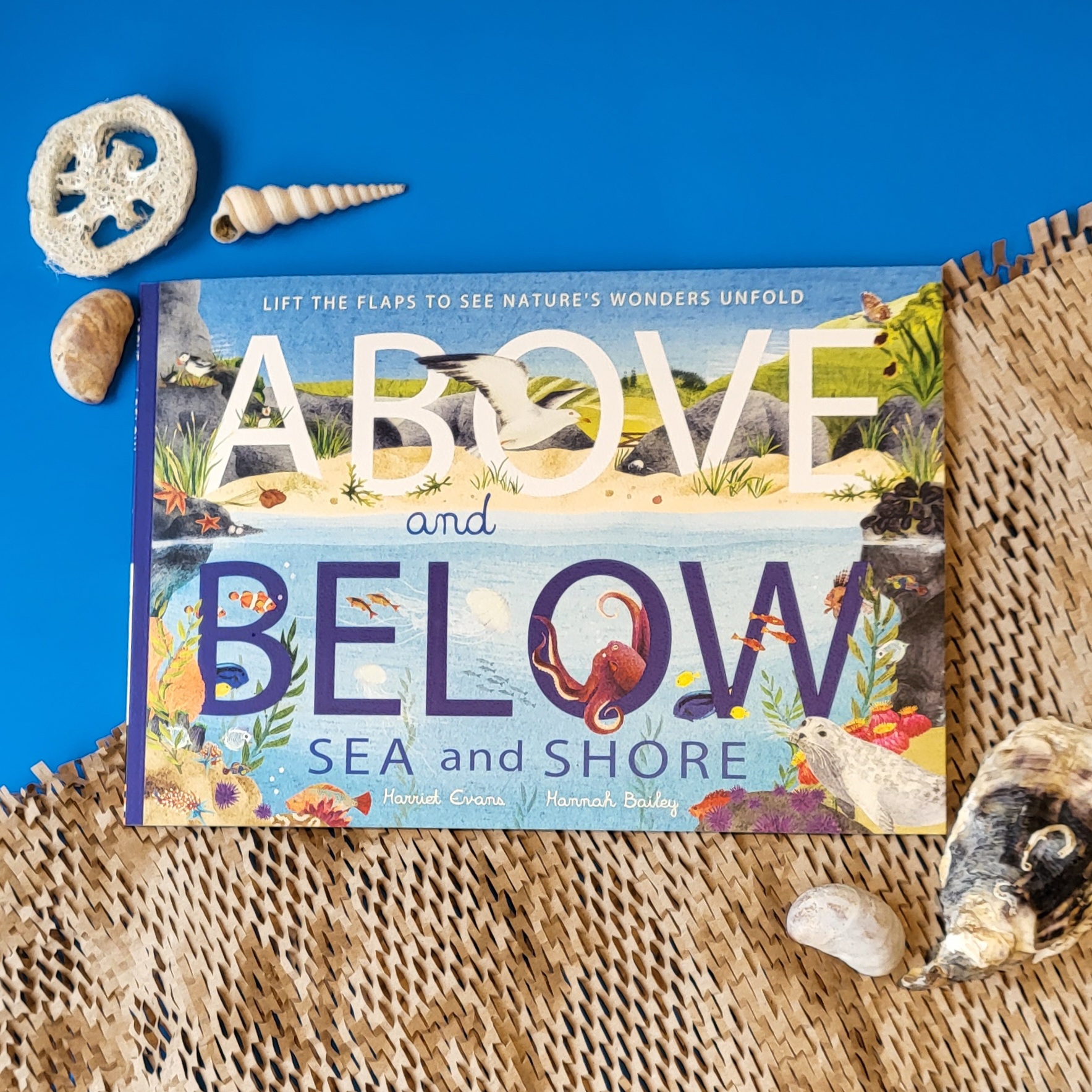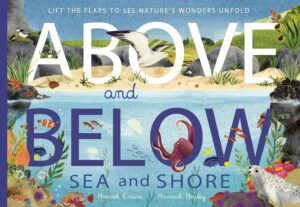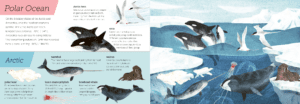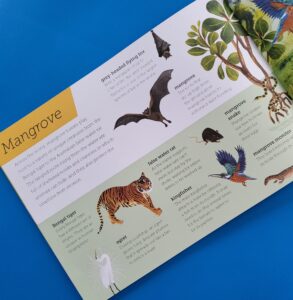
What is The Time Tider about?
The Time Tider is the story of Mara Denbor, a girl who has always lived with her dad, Gabriel, in the back of a van which they’ve customised to hold everything they need. They’re constantly on the move, and Mara’s dad gives her the impression that this is because a mysterious ‘someone’ is after them. Mara has never questioned it, despite the many difficulties they’ve encountered over the years, until she stumbles upon some of her father’s many secrets and realises that he hasn’t been telling her anything like the whole story. For her dad isn’t just her dad; he’s also the Time Tider, a person whose job it is to gather up deposits of unused or wasted Time from anywhere in history – and then, just as Mara’s getting her head around that, her dad is kidnapped…
Tell us a bit more about the world Mara and Jan lives in, is it a contemporary world?
Mara, Gabriel, and Jan’s world is indeed a contemporary one. It’s based on modern-day Ireland, and the place-names I’ve used can be mapped on to or have some relationship with towns and areas in Wexford, where I grew up, as well as Dublin (which goes by its own name in the book). Derrinfield is a fictional place though I imagine it as a little like several of the towns in the Irish midlands, where I live now. However, I have taken liberties with some of the distances involved! In reality, ‘Whiteharbour’ and ‘Port Ross’ are a lot closer than they are in The Time Tider, even if you are driving on back roads.
How did you come up with the idea of The Time Tider?
The idea for The Time Tider was one of the first I ever had, back in my early twenties (a long time ago now!) when becoming an author was a dream I never imagined would come true. I was studying for a PhD in English literature at the time, and one day as I read a very interesting book (Time, Work and Culture in the Middle Ages by Jacques LeGoff) I came across a discussion about the history of time and timekeeping, and how ideas about time completely changed once clocks, and clock-towers, became common throughout Europe. Once upon a time people used nature, or their own bodies, to tell the ‘time’ – so, they rose and went to bed with the sun, they ate when they were hungry, and so on. But when clocks ‘regularised’ time, people started rising when the clock struck six, and eating when the clock struck one, and something about that grabbed my imagination. I remember excitedly thinking: what if this change created a gap between the two ‘Times’? And what if the gap between these two Times filled up with wasted time? Or unspent time? And if that could happen, and someone was able to go back and collect all that wasted time – what would they do with it? And so, The Time Tider was born. I have tried to write it at least five times over the past twenty years, and I’m so glad that I’ve finally found the right way to write it. Sometimes, writing things the wrong way first is really important!
What are you most excited to share with readers of your new children’s book?
I’m excited to share the setting of this story, as it’s my first contemporary setting. All my other books have had historical settings, or at least pretend-historical settings; The Time Tider is the first book I’ve written which features mobile phones, cars, modern-day problems like homelessness, poverty, sickness, and parents who might not have their children’s best interests guiding their decisions (at least, not all of the time). I really love Mara, my central character, and how brave and clever she needs to be to work out all the secrets of her family while also just surviving in a tough situation, and I also love Jan, her new friend, who’s facing challenges of his own. I enjoyed writing their very different family situations and working through their growing friendship, which felt so real to me. So, I guess I hope readers will feel I did a good job handling the setting, and that they’ll love Mara and Jan as much as I do.
What did you find challenging when writing The Time Tider?
I think, with any book that mentions time-travel, even in a sideways sort of way like I do in The Time Tider, things can get complicated pretty quickly! I think the most challenging part of this book was getting my ideas about how the timey-wimey bits work clear in my head, and then getting them on to the page without mangling them too much. I was gently encouraged several times during the writing and editing process to simplify things, and my editors had a pesky habit of asking me really tough questions – ones I didn’t want to think about! – so that we got the clearest version of the story on to the page. It was quite tough at times but I’m so glad we all persevered, as I’m really proud of the final version of the story and I hope it’s not only clear, but also interesting, exciting, and thrilling!
What children’s books would you recommend to young readers that have entertained and inspired you?
This is a question I could answer for the rest of my life! I co-host a podcast called Storyshaped with another children’s author, Susan Cahill, where we ask people questions like this one, and I’ve often thought of the stories that have shaped me, and my life. The ‘classic’ children’s books that I read when I was a child myself and which definitely inspired and entertained me would include Elidor by Alan Garner, A Wrinkle in Time by Madeleine l’Engle, The Little Prince by Antoine de Saint-Exupery, Hounds of the Morrigan by Pat O’Shea, and so many others. But right now there are brilliant children’s books being published every single week: there is no shortage of excellent stories out there to entertain, inspire, and amaze. One of the best books I’ve read this year is Sharon Gosling’s The Extraordinary Voyage of Katy Willacott, which deserves to win all the prizes and sell millions of copies – it really is extraordinary! I’ve also loved The House of Shells by Efua Traoré, Jummy at the River School by Sabine Adeyinka, The Strangeworlds Travel Agency books by LD Lapinski, Rebel Skies by Ann Sei Lin, The Chestnut Roaster by Eve McDonnell, and a stunning picture book by Irish author Olivia Hope with pictures by Daniel Egnéus called Be Wild, Little One has been inspiring me since the first moment I saw it. I hope you go out there and find the book or books for you, and don’t forget to ask your local librarian or bookseller for help and tips if you get stuck.
Any tips for aspiring writers?
I always tell young or aspiring writers to follow my ABC – Always Be Curious. If you bring curiosity with you as you navigate the world, you’ll never be short of ideas and inspiration. I’m forever asking questions about things – usually, inside my head! – and it helps me to see things differently; the crack in the pavement is a portal to another world, or the bird flying overhead is a dragon in disguise, or the scattered stones on the ground are lost teeth from the tooth fairy’s bag, or anything you like! Every time you go for a walk, or every trip you take to the shops, or every journey to football practice, or whatever you might find yourself doing, will be packed with stories and potential stories if you use all your senses to find them. So, soak up the world around you every day, and you’ll find yourself picking up nuggets of inspiration I like to call ‘story seeds’, which will take root inside your imagination and sprout one day into something amazing. And, most importantly of all: never leave home without your notebook! As soon as you are struck with an idea, write it down or draw it out straight away, or that tricky, slippery little thing will be off into the air again, looking for another head to land in. And the last thing: write for fun, enjoy yourself, and don’t judge your own work too harshly. Take it easy on yourself. Creating is tough work! Stick with it, and never lose the joy.
The Time Tider




 Did you have to do a lot of research the content in the book, how did you go about deciding which facts to cover?
Did you have to do a lot of research the content in the book, how did you go about deciding which facts to cover? What do you think of the look of the finished book, with illustrations by Hannah Bailey? Are there any spreads that stand out for you?
What do you think of the look of the finished book, with illustrations by Hannah Bailey? Are there any spreads that stand out for you?